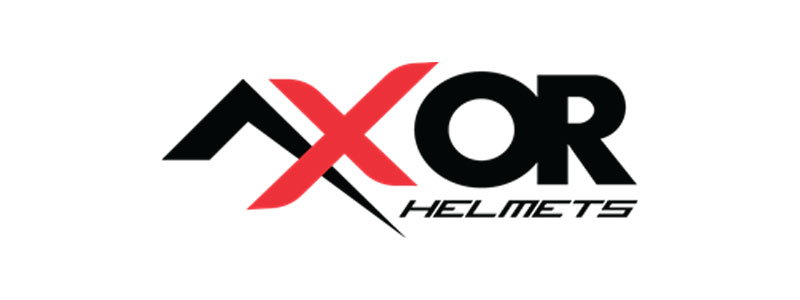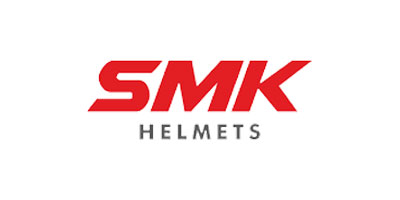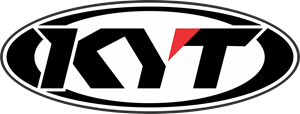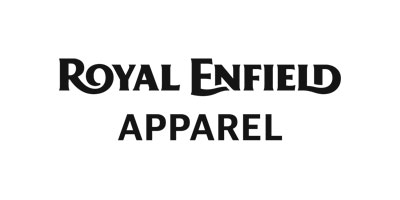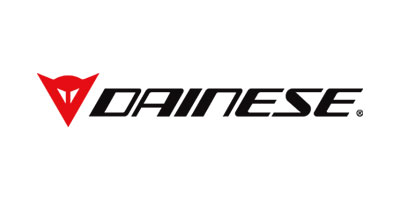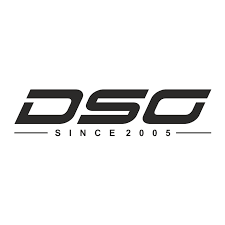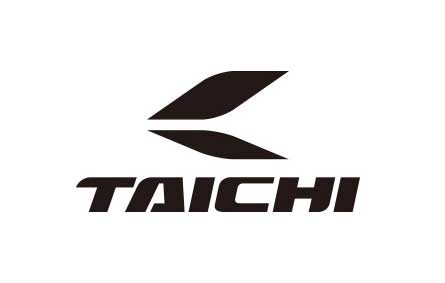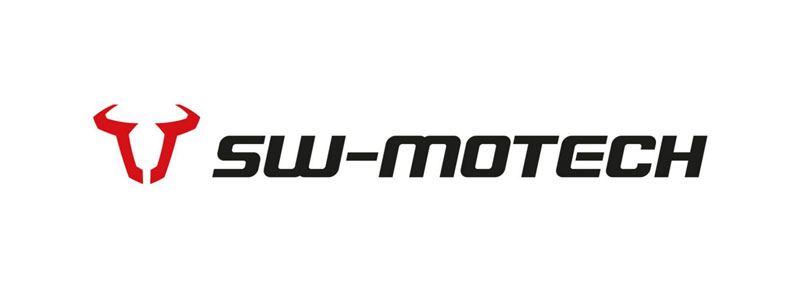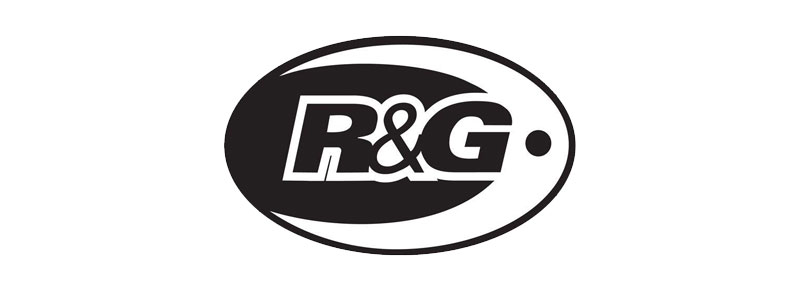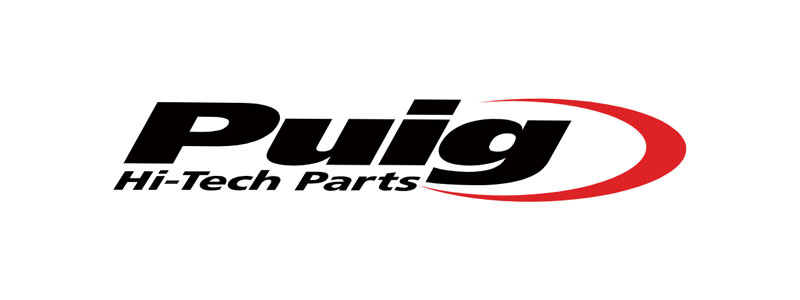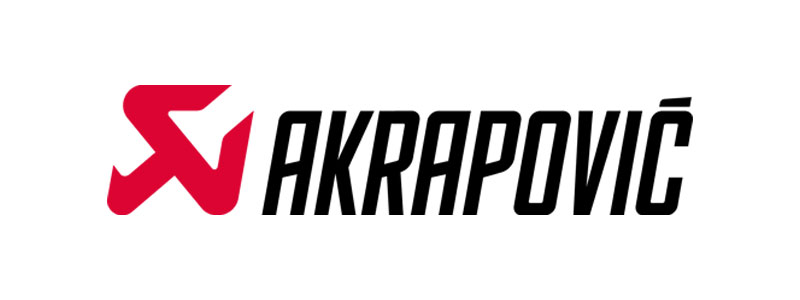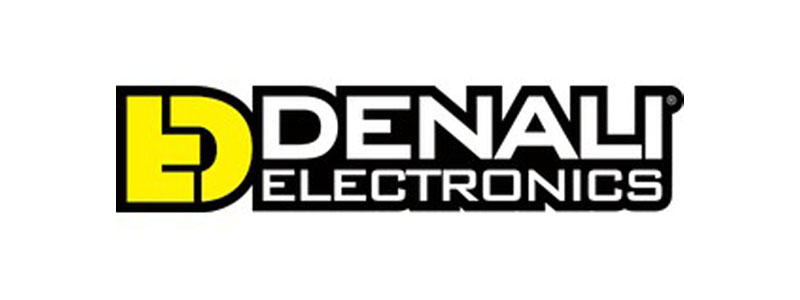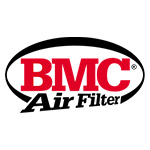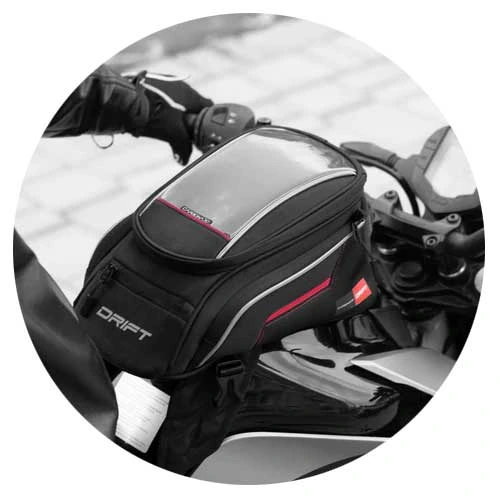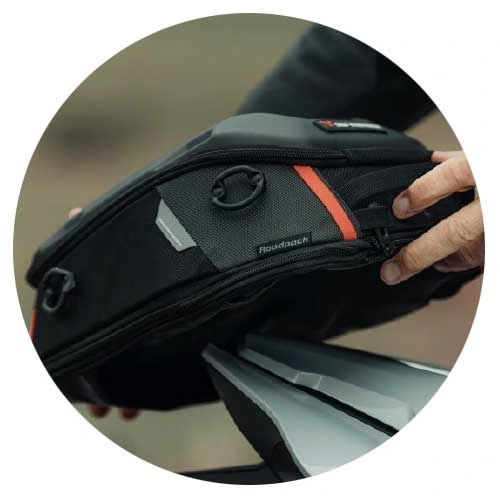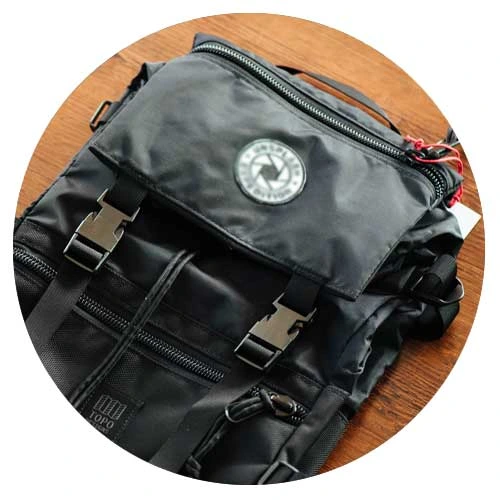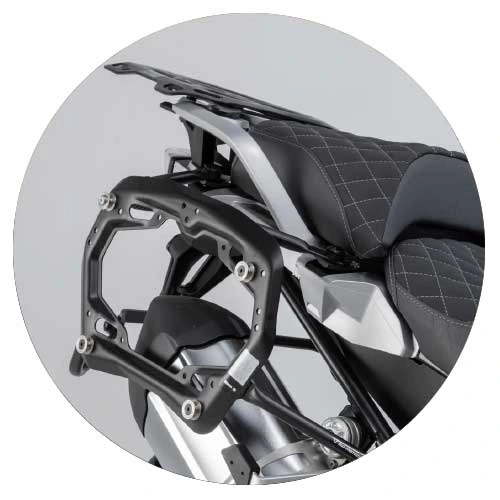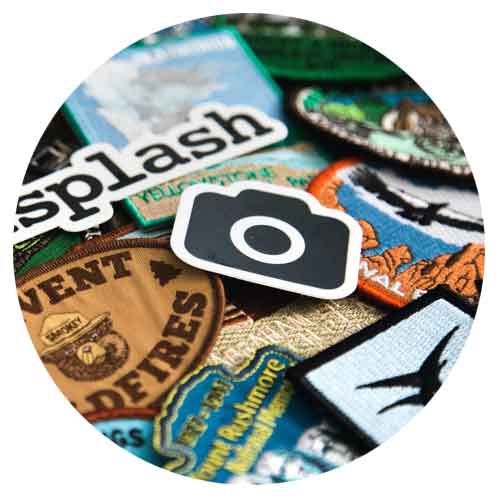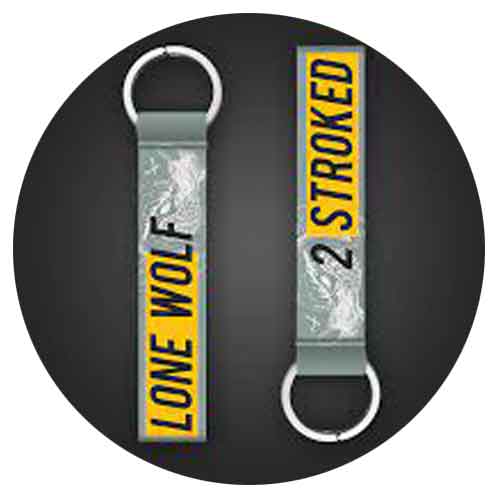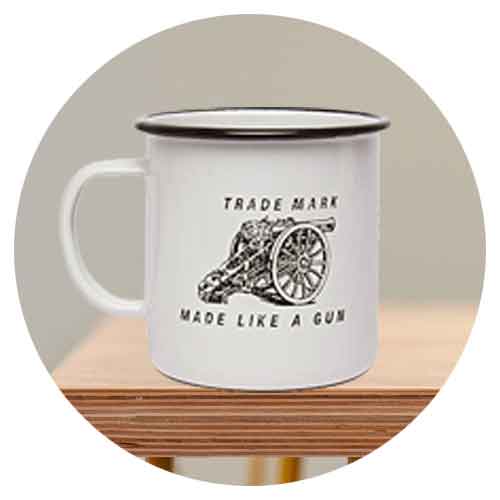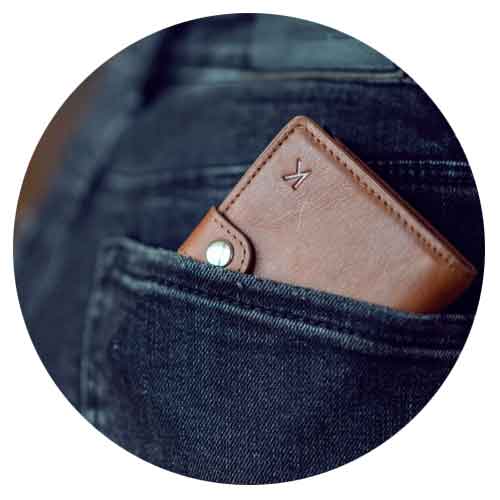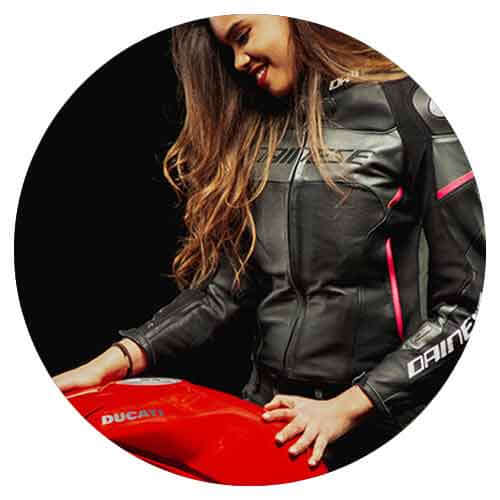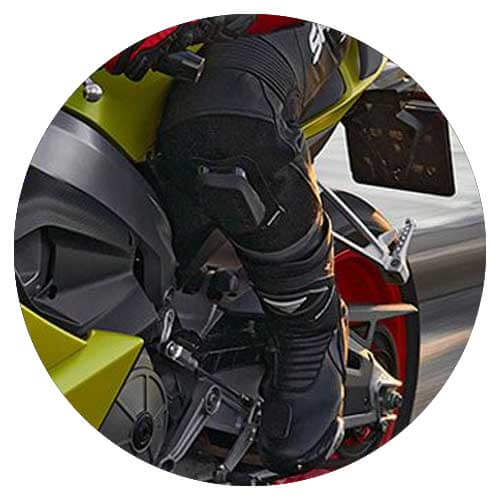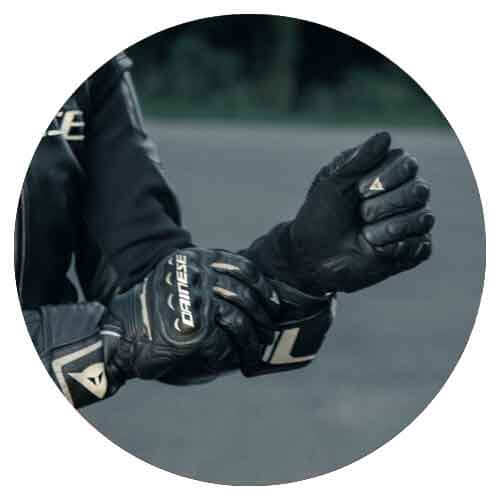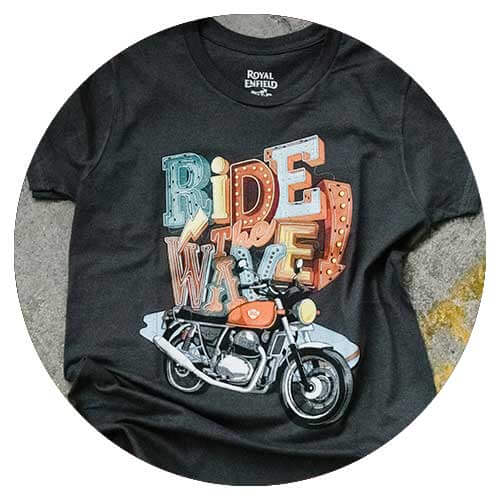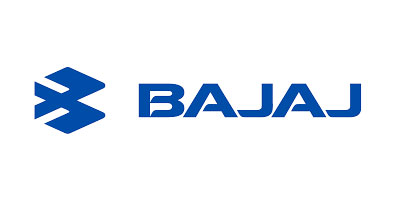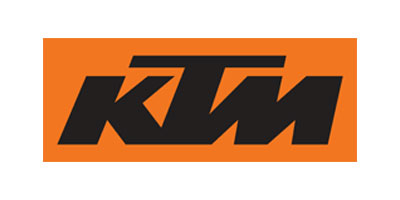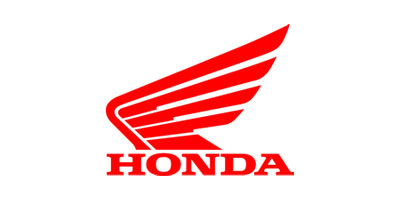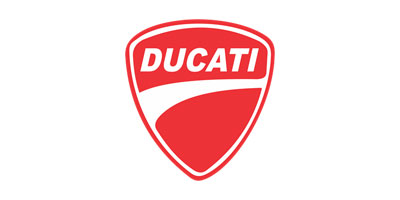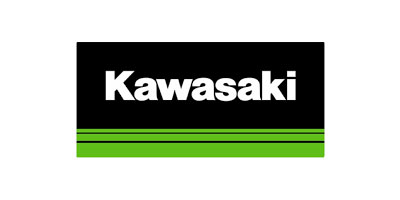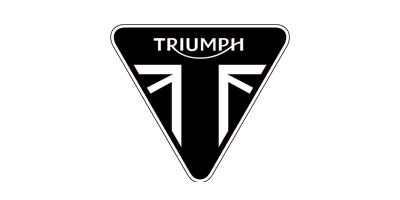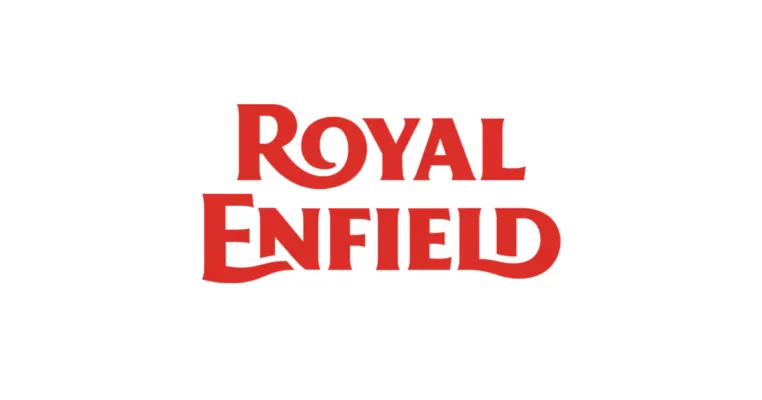When you buy a good certified helmet, you’re not just following the law—you’re ensuring your safety on every ride.When it comes to safety gear, the helmet is your best friend. Just like a trusty sidekick, it protects your noggin and helps you keep your cool (literally and figuratively) when the road gets rough. But not all helmets are created equal! So, let’s dive into the world of certified helmets, why they matter, and what happens when you skip out on the certification.

Helmet Certifications: What’s the Deal?
Imagine walking into a store and seeing a sleek helmet that looks like it just rolled out of a sci-fi movie. It gleams under the fluorescent lights, and you think, “This looks awesome!” But before you toss it in your cart like a last-minute snack, let’s talk certifications. The big players in the helmet certification game are DOT (Department of Transportation), ECE (Economic Commission for Europe), and Snell. Here’s a breakdown:
DOT: Not Just a ‘Cool’ Abbreviation
The DOT standard is the most recognized in the U.S. It ensures that helmets are designed to withstand impacts and provide decent protection. If you’re zipping along at 60 mph and find yourself kissing the asphalt, a DOT-certified helmet is built to absorb some of that force instead of your cranium.
ECE: A European Affair
Then there’s the ECE certification, popular across Europe. This standard is pretty rigorous and generally considered more challenging than DOT in some aspects. If it has an ECE sticker, you know it’s been subjected to some serious impact testing. Think of it as the helmet equivalent of an advanced degree—worthy of its space on your head!
Snell: The VIP of Helmets
Now, for those craving the ultimate in helmet safety, we have the Snell certification. This is like your helmet going through a grueling boot camp. Snell-certified helmets undergo stricter testing with various impacts and conditions. If you want the best protection, this is where you want to invest your dollars.
While there are several helmet testing agencies, such as FMVSS, ANSI, and CSA, the most notable certifications come from Snell, ECE, and DOT. Among these, Snell and ECE are widely recognized for their rigorous testing processes and comprehensive safety criteria, offering more accurate results when it comes to head protection. Snell’s demanding impact tests and ECE’s stringent performance evaluations ensure that helmets not only meet but often exceed basic safety standards. As such, while other certifications provide valuable insights, investing in helmets that carry the Snell or ECE mark is a prudent choice for those serious about safety
ISI: India’s own testing agency
In India, helmets aren’t just about style—they’re the law! To sell one, it must have the ISI (Indian Standards Institution) certification. Even fancy international helmets won’t pass without this mark. This ensures helmets meet strict safety standards, so you can ride safely. So, when helmet shopping, remember: no ISI, no ride, and no protection!
By the way, even if a helmet has fancy badges like ECE, DOT, or SNELL, without the ISI mark, it’s like trying to enter a VIP party with the wrong invite—no entry in India!

Certified vs. Non-Certified Helmets: The Showdown
Let’s paint a picture: You have two helmets—one certified and one that looks like it was pieced together at a garage sale. What’s the difference? Well, aside from the looks (which we’ll get to), here’s what you can expect:
Material Matters
Certified helmets typically use high-quality materials designed for impact absorption. Think impact-resistant polycarbonate shells and expanded polystyrene (EPS) liners. Non-certified helmets? They might be using materials that feel more like cotton candy—great for a circus, terrible for your head.
Impact Resistance: The Real MVP
Certified helmets undergo rigorous testing that simulates real accident scenarios. They are specifically designed to manage energy during impacts, which can mean the difference between a bad day and a catastrophic one. Non-certified helmets? They may not even survive a playful tap on the head.
Durability: For the Long Haul
Good certified helmets are built to last. They resist wear and tear so your investment doesn’t go down the drain after a few rides. Non-certified helmets, however, might crumble like your New Year’s resolutions after a month.
The Life-saving Advantage
Choosing a certified helmet isn’t just about compliance; it’s about protection. Each certification means that your helmet has been through the wringer with stringent testing designed to mimic potential crash scenarios. In short, they can literally save your life—or at least help you recover from that unfortunate “look, ma, no hands” stunt that went wrong.
Fun Fact: Your Head Is Precious (No, Really!)
Did you know that the average human head weighs about 4-5 kilograms.? That’s quite a load to put on a non-certified helmet. So next time you think about skimping, remember—you wouldn’t use a paper umbrella in a rainstorm. Treat your head with the same respect!
Remember: safety doesn’t have to be boring! Choose a helmet that you love, and give your noggin the protection it deserves. After all, you can’t have a great adventure if you’re riding around in a half-shell. And that’s just not cool!
Gear Up: Recommended Helmets for Maximum Protection
Ready to pick the perfect certified helmet? Here are some top-rated options known for their safety features and durability:
Top DOT certified helmets available in our store:
